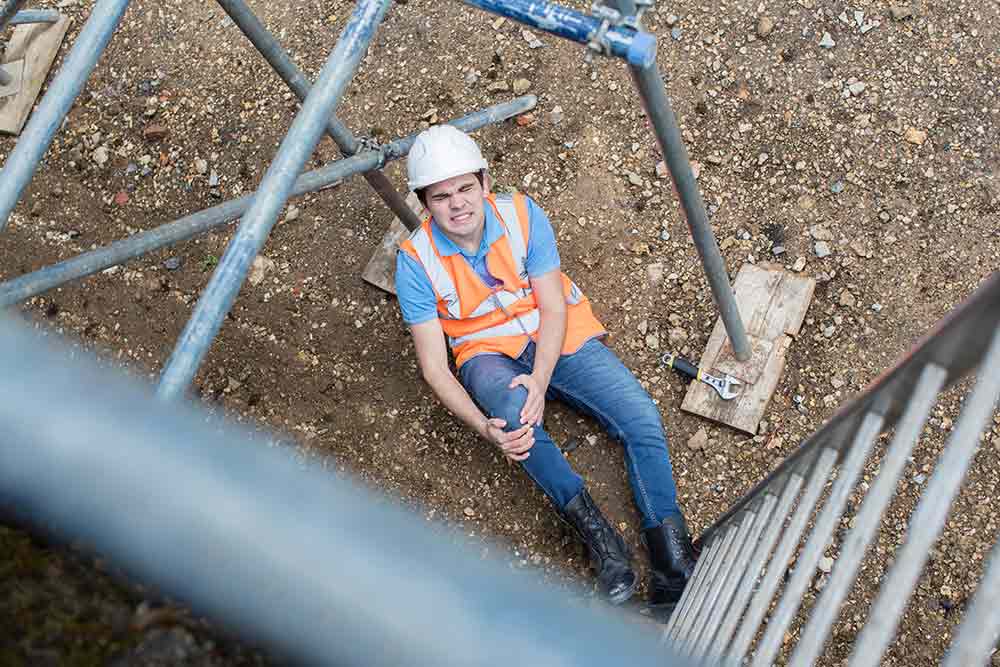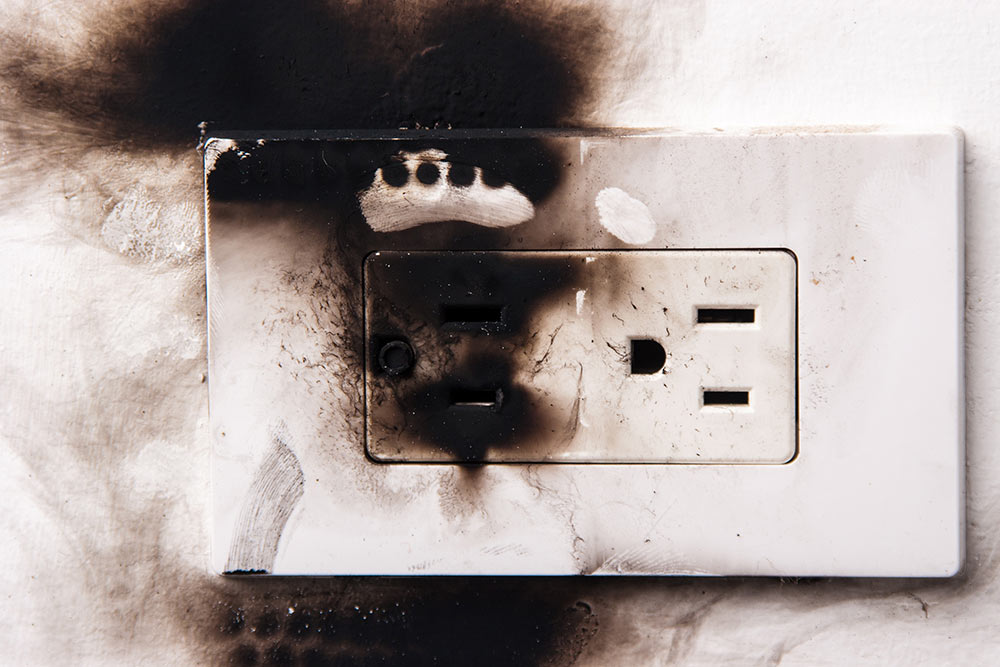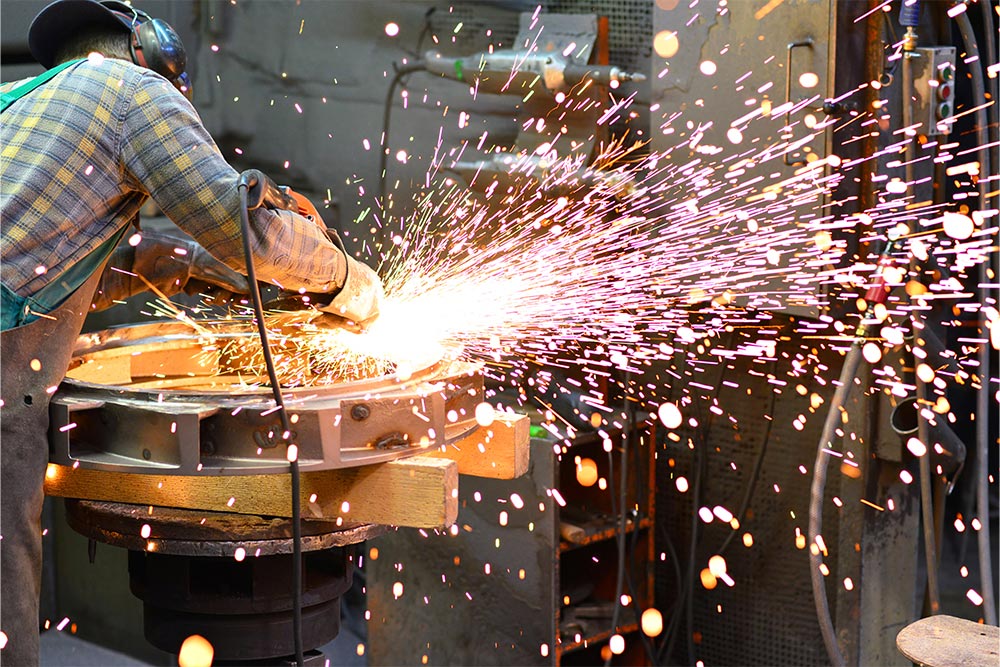
How safe is your workplace? Have a quick look around where you work. How many health and safety hazards can you spot? If you teach skydiving, you might be able to find quite a few. If you’re an accountant, maybe you won’t see so many. But don’t be so sure. Even the most seemingly sedate work environments can be risky.
You don’t have to be leaping out of aeroplanes to face serious risks at work. We don’t want to alarm anyone, but the truth is that health and safety hazards are everywhere. Whether you work with heavy machinery, use harsh chemicals, serve the public, or sit at a desk all day, every workplace contains something that risks your well-being.
Identifying a safety hazard can help you protect yourself, your staff and your co-workers.
We’ve compiled a list of the 10 most common health and safety hazards. See how many you can identify in your workplace. There’s likely to be more than you might think.
What Is a Hazard in Health and Safety?
Health and safety experts – like us – talk about risks and hazards. But for people unfamiliar with these terms, it’s sometimes difficult to tell them apart. Just what is a hazard in health and safety? And what is a risk?
A safety hazard is anything that has the potential to cause harm to a person, damage property, or otherwise negatively impact a person’s physical or mental health. Hazards include objects, substances, activities or working conditions.
Risk is the likelihood that the hazard will actually cause harm, combined with the severity of that harm. Some health and safety hazards have a range of risk levels depending on the nature of the hazard, the amount of exposure, the control measures in place, how susceptible an individual is, and so on.
For example, brick dust is a hazard. Cutting brick indoors without proper ventilation or protective equipment is high risk. Perform the same activity outdoors while wearing a respirator, and the risk level drops significantly.
The Numbers Behind Workplace Hazards
In 2023/24, 138 workers in Great Britain were killed in work-related accidents, according to the Health and Safety Executive (HSE).
Falls from height were the most common fatal accident, followed by being struck by moving vehicles and being struck by moving objects. Older workers were especially at risk. Despite only making up 11% of the workforce, workers aged 60 and over accounted for 34% of fatalities. This figure reflects how vulnerability can increase with age and should be considered in your risk assessments.
Not all fatalities are immediate, either. Asbestos exposure remains the leading cause of work-related deaths in the UK. Around 5,000 people die each year from asbestos-related diseases. These conditions often develop decades after exposure and cannot be cured, proving that long-term health risks can be just as dangerous as short-term ones.
Workplace hazards may not always be visible, but that doesn’t make them any less dangerous. Every organisation has a duty to assess work-related risks and take steps to protect its people.
10 Common Health and Safety Hazards
Recognising safety hazards helps you develop control measures that protect yourself and your team members and colleagues. This is known as the risk assessment process and is a fundamental part of health and safety at work in the UK.
As the saying goes, forewarned is forearmed. So, let’s look at the most common health and safety hazards you might encounter.
1: Slips, Trips and Falls
A spilt cup of tea, a curled-up rug, a broken tile or a newly washed floor might not seem too menacing. But all these things might cause you to slip or trip and, as such, are significant health and safety hazards.
Slips, trips and falls from the same level account for 32% of all workplace injuries in the UK, according to the most recent data from the Health and Safety Executive (HSE). Make sure to keep your working areas clear of clutter, clean up spills immediately and keep your floors in good condition.

2: Working at Height
Suppose you’re up a ladder, on a roof or working on scaffolding. In that case, you’re in a highly risky situation – no pun intended. Falls from a height were the most common type of fatal workplace accident recorded in 2022-23, as per HSE figures.
Working at height should only be undertaken when there is no other option. It should only be done by competent people with the right skills and experience and adequate safety gear and equipment should be provided. A risk assessment must be completed before any task requiring working at height is performed.
3: Fire Safety
There are few things as damaging as fire. A fire can start in seconds and completely engulf a building in minutes. More than 7,500 workplace fires occurred in the 2022-23 period, according to UK government figures.
Every workplace should regularly conduct a fire safety risk assessment to identify potential fire hazards. A range of fire safety measures should be in place and staff should receive regular fire safety training.
4: Electrical Safety
It’s a pretty good bet that your workplace uses electricity. And if it does, then there are more than a few health and safety hazards to watch out for. Faulty electrical installations, appliances or equipment can put you at risk of electric shock and increase fire risk. If you work with electricity, then you’re at significant risk of a severe or even fatal electrical injury.
Extreme care must be taken when working with electricity or any electrical equipment. A careful risk assessment should be done, and all workplace appliances and equipment should undergo PAT testing regularly.

5: Hazardous Substances
Employers must also provide PPE and instruct workers on its proper use if required. It’s also necessary for employers to replace or repair any PPE in poor condition.
Employers must also provide PPE and instruct workers on its proper use if required. It’s also necessary for employers to replace or repair any PPE in poor condition.
A hazardous substance is any biological, chemical or natural substance that has the potential to cause harm. Hazardous substances can also be the product of work activities, like fumes from soldering or dust from woodworking. Asbestos, bodily fluids, cleaning agents, chemicals, paints and fumes are all hazardous substances.
Anyone who works with hazardous substances should follow the guidelines contained in the Control of Substances Hazardous to Health (COSHH) legislation.
6: Equipment and Machinery
Factories, construction sites and workshops have heavy equipment and machinery. While tools, machines and other plant equipment are crucial to our work tasks, they’re also massive health and safety hazards. Almost any equipment and machinery can result in a severe injury or a fatality if it is faulty or misused.
Equipment and machinery should only be used if they are in good condition and have undergone a thorough risk assessment. All equipment and machinery must be operated by people trained and competent to do so.

7: Noise
Loud, insistent noise can be really irritating. Noise is also one of the most common workplace health and safety hazards. You don’t have to be a roadie for a major rock band to be subjected to excessive noise. Excessive noise is a common hazard in the construction and agricultural industries. Factories, workshops, warehouses and even traffic can produce excessive noise levels that can damage hearing.
Any workplace that puts people at risk of hearing damage must follow the Control of Noise at Work Regulations 2005. These regulations set out the legal limits for noise exposure in the workplace.
8: Stress
We all feel stressed out at work from time to time. But too much stress can be detrimental to your health. Work-related stress costs the UK economy £28 billion a year, according to recent reports. A considerable number of UK adults say they frequently experience work-related stress. Chronic stress can cause digestive issues, headaches and muscle tension and put us at increased risk of heart attack, high blood pressure and stroke.
You can reduce your stress by using meditation and breathing exercises, getting more sleep, reducing alcohol consumption, and exercising more. A stress risk assessment will help to identify causes of stress in the workplace and assist you in developing effective stress reduction strategies.

9: Food Safety
A dodgy sandwich can cause more than just a slight feeling of nausea. Improper production, handling or preparation of foodstuffs poses a significant health risk to the public and workers.
Over 2.4 million cases of food poisoning occur every year in the UK. As well as the risk of making yourself or someone else ill by serving or sharing tainted food, giving someone with food allergies the wrong meal can have devastating results.
Anyone involved in food production or preparation must follow the food hygiene and safety standards of the Food Standards Agency (FSA). Food businesses must also have a system that follows the principles of Hazard Analysis and Critical Control Points (HACCP).
10: Ergonomic Hazards
Sitting in a chair and working with a computer for most of the day should be safe, right? Wrong. There are serious risks involved in using an improper desk and chair setup and staring at Display Screen Equipment (DSE) for long periods. Eye strain and musculoskeletal disorders (MSDs) are common.
Ergonomic hazards aren’t just found in office environments. Workers on their feet for long periods or performing repetitive manual handling tasks are also at risk.
Avoiding MSDs and eye strain means using correct lifting techniques, taking regular breaks when using DSE and having ergonomically correct workstations.
How to Improve Health and Safety at Work
Health and safety should be the main priority in every workplace. The best way to reduce the risks of health and safety hazards is to provide people with the proper training.
Our Health and Safety Courses cover various topics and contain essential general knowledge and industry-specific training.
Our courses can be taken online at any pace you want. They’re much more affordable and convenient than classroom-based learning. All courses are recognised by UK industries and accredited by reputable health and safety authorities. Completing a health and safety course will ensure your workplace meets its legal obligations and help you and your colleagues stay safe.
Take the first step in creating a healthier, safer workplace. Sign up for a Health and Safety Course today.



















































































































































































































































































































































































































































































































































































































































































































































